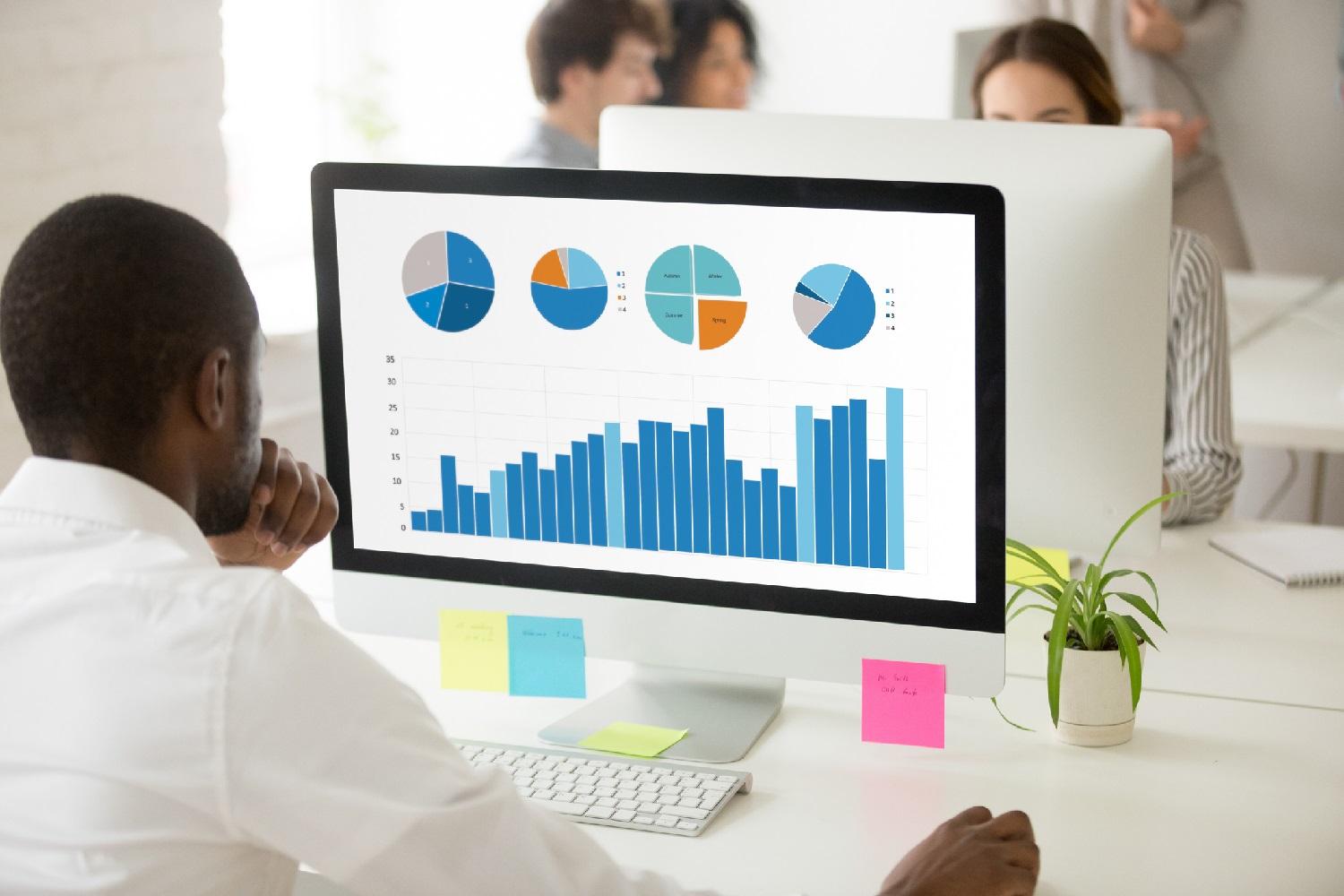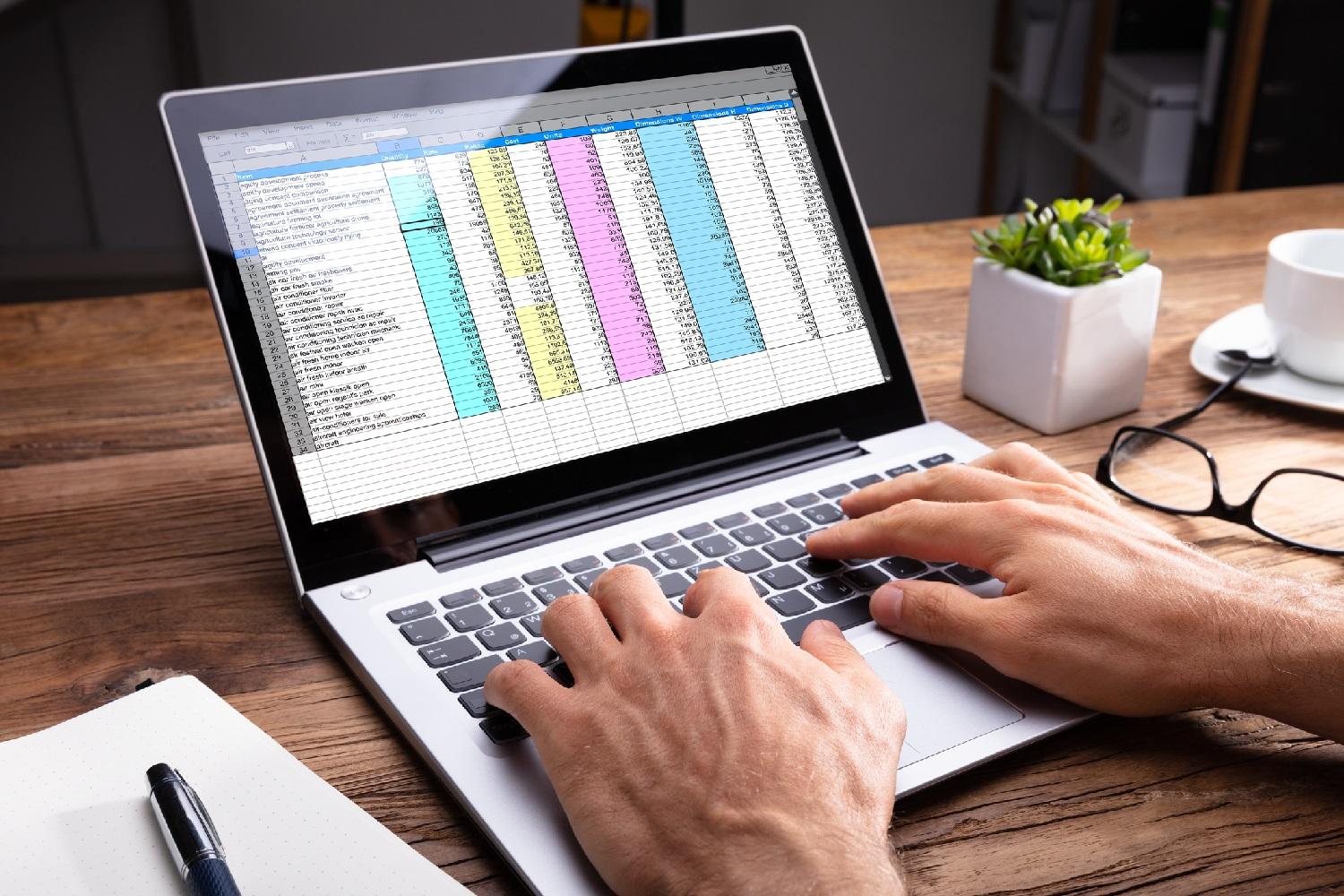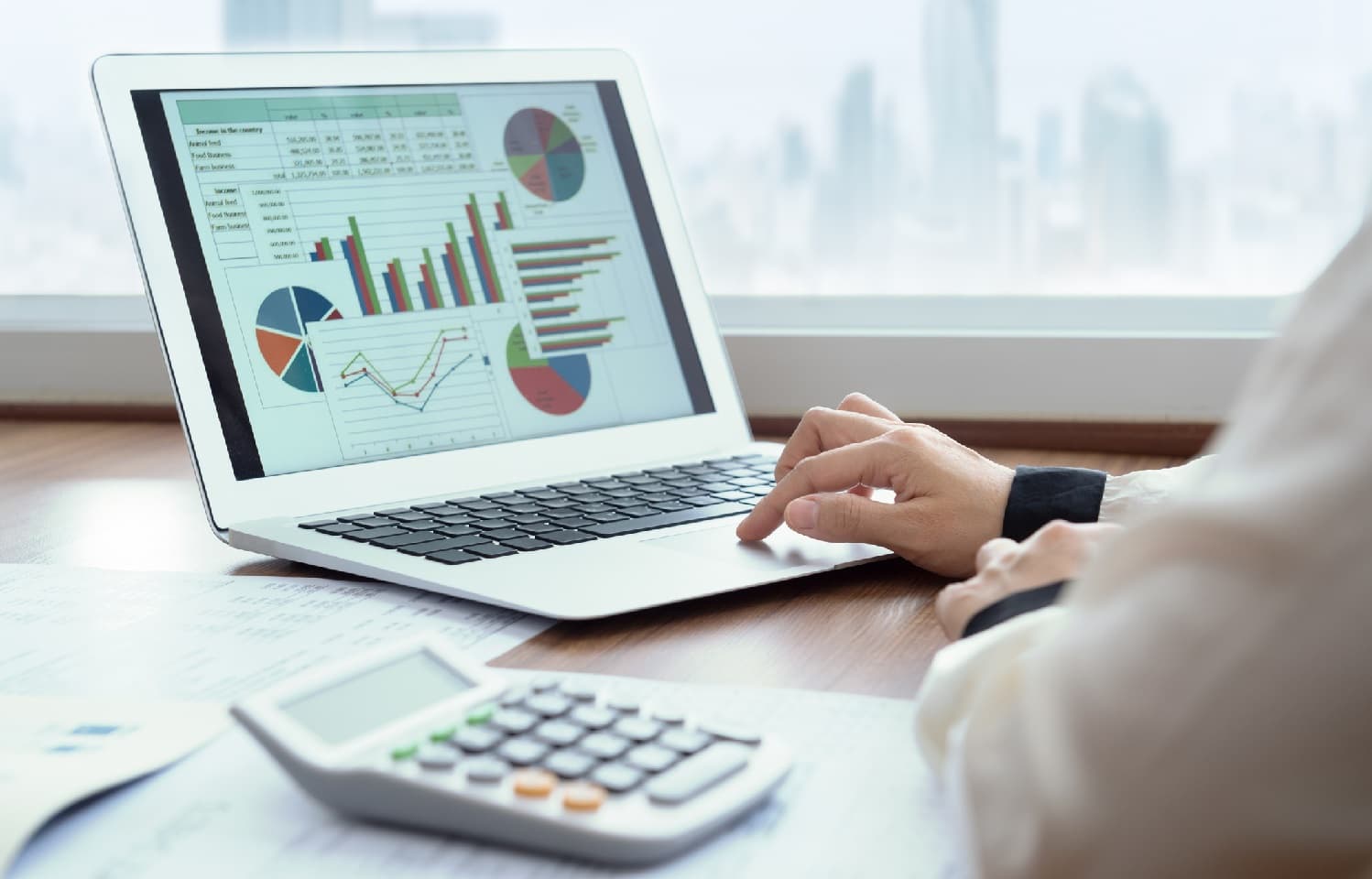Business News Daily provides resources, advice and product reviews to drive business growth. Our mission is to equip business owners with the knowledge and confidence to make informed decisions. As part of that, we recommend products and services for their success.
We collaborate with business-to-business vendors, connecting them with potential buyers. In some cases, we earn commissions when sales are made through our referrals. These financial relationships support our content but do not dictate our recommendations. Our editorial team independently evaluates products based on thousands of hours of research. We are committed to providing trustworthy advice for businesses. Learn more about our full process and see who our partners are here.
What Is Statistical Analysis?
Use statistical analysis to organize your data and make better decisions for your business.

Table of Contents
Many businesses rely on statistical analysis to organize collected information and predict future trends based on that data. While organizations have lots of options on what to do with their big data, statistical analysis is a way to examine that data as a whole, as well as break it down into individual samples.
Statistical analysis is the cornerstone of successful business intelligence. We’ve put together the following primer to explain statistical analysis and how it can help your business grow, as well as some of the most popular statistical analysis tools you can use to get started.
What is statistical analysis?
Statistical analysis, or statistics, is the process of collecting and analyzing data to identify patterns and trends, remove bias and inform decision-making. It’s an aspect of business intelligence that involves the collection and scrutiny of business data and the reporting of trends.
There are several ways businesses can use statistical analysis to their advantage, including determining the top-performing product lines, identifying poorly performing sales staff and getting a sense of how sales performance varies among different regions of the country.
Statistical analytic tools can help with predictive modeling. Rather than show simple trend predictions that can be affected by a number of outside factors, statistical analysis tools allow businesses to dig deeper to see additional information.
What are the types of statistical analysis?
There are two main types of statistical analysis: descriptive and inferential, also known as modeling.
Descriptive statistics
Descriptive statistics is what organizations use to summarize their data. This type typically involves summary charts, graphs and tables depicting the data for easier comprehension, rather than relying on raw, unorganized data. Among some of the useful data that comes from descriptive statistics are the mode, median and mean, as well as range, variance and standard deviation. That said, descriptive statistics are not meant to draw conclusions.
Inferential statistics
Inferential statistics offer a way to take the data from a representative sample and use it to draw larger truths. It allows organizations to extrapolate beyond the data set, going a step further than descriptive statistics. Statistical inference relies heavily on finding as representative a sample as possible from which to draw conclusions about a wider population. As there will always be uncertainty about extrapolating from a limited set of data to a wider population, statistical inference relies upon estimating uncertainty in predictions.
The conclusions of a statistical inference are a statistical proposition. Some common forms of statistical proposition include the following.
- Estimates: An estimate is a particular value that best approximates some parameter of interest.
- Confidence interval: An interval constructed using a data set drawn from a population so that, under repeated sampling of such data sets, such intervals would contain the true parameter value with the probability at the stated confidence level is defined as a confidence interval. In other words, the confidence interval is a measure of how well the model predicts the data that is actually recorded.
- Credible intervals: A set of values containing, for example, 95% of posterior belief is referred to as a credible interval. It’s a way of standardizing confidence intervals. When you read about a study with 95% confidence, they are referencing a credible interval.
What are the benefits of statistical analysis?
Is it really worth investing in big data and statistical analysis? The best way to answer that question is to explore the benefits.
In general, statistics can help business owners identify trends that would escape notice without these methods. The analysis also injects objectivity into decision-making. With good statistics, gut decisions are not necessary. [Read related article: Techniques and Tools to Help You Make Business Decisions]
Here are some of the specific business benefits of using statistical analysis.
Cut operating costs.
Statistical analysis can help companies more accurately analyze their data and costs, as well as recognize spending trends. After accurately identifying this information, businesses can extrapolate insights about potential future costs or cost-saving techniques to limit spending and cut waste.
Say you lease a vending machine in your lobby for clients and employees to enjoy drinks and snacks, but you aren’t sure if it’s getting enough use to justify the expense. A statistical analysis can help you quantify the frequency of purchases and the amount of money brought in versus the cost of the machine and the price of keeping it stocked. You may find the machine isn’t getting much use and it’s an expense you can cut from your budget without negatively impacting your operations.
Perform market analysis.
Statistical analysis can also help businesses perform accurate market analysis. The data can show where the most sales happen, where the sales have the most value and what marketing is attached to those sales. It allows for improved efficiency in every aspect of sales and marketing.
Consider a business owner with a successful café who is looking to open a second location. The company could perform a market analysis to come up with estimates of how much foot traffic there may be in a certain neighborhood, how much disposable income the residents of the area may possess, and what tastes the potential patrons may have. This information paints a clear picture of the possible location’s viability, allowing the business owner to make an educated decision.
Boost workplace efficiency.
Statistical analysis can improve work efficiency. For example, we know that providing the right tools can get the best work out of employees. Statistical analysis can help employers scrutinize each tool’s efficacy to focus on those that drive the best performance. Business leaders can also use statistical analysis to identify variables that may help or harm workplace efficiency, such as whether or not co-workers eat lunch together or participate in employee networking events.
A particularly useful instance of employing statistical analysis to analyze workplace efficiency would be measuring employee output after adopting a new tool or practice. For example, a company could see whether adopting workplace virtualization increases worker efficiency.
Improve decision-making.
Statistical analysis is the backbone of business intelligence and informed decision-making. Descriptive statistics paired with A/B testing provides a clear view into what choices resonate with clients or leads. This is particularly important for companies seeking to grow their offerings or client lists, as well as for businesses that don’t have a steady stable of clients.
Every major business decision should be made only after testing the idea and reviewing the data. Website redesign is one example of this. Instead of launching a brand-new site, a business should first soft-launch a potential new design to select visitors in an A/B test. The organization can use this process to gather insightful information such as the duration of site visits, potential click-throughs, and whether sales increased or decreased with the new design. Then, they can use statistical analysis to compare these values to the old site and see whether the redesign should be fully rolled out, tweaked further or scrapped altogether.
What is statistical analysis software?
Since not everyone is a mathematical genius who can easily compute the needed statistics on the mounds of data a company acquires, most organizations use some form of statistical analysis software. This software can deliver the specific analysis an organization needs to better its business.
Such software is able to quickly and easily generate charts and graphs when conducting descriptive statistics while at the same time running the more sophisticated computations that are required when conducting inferential statistics.
The more popular statistical analysis software services include IBM’s SPSS, SAS, Revolution Analytics’ R, Minitab, Stata and Tableau, which is now part of Salesforce. You can learn more about the latter vendor in our review of the Salesforce CRM.
Software features
The two most important features of statistical software are analysis and presentation. Analysis features include statistical tools that do the heavy lifting when it comes to calculations. Typical analytical functions include standard modeling, confidence intervals and probability calculations. They provide the core value of statistical software and are the primary reason to invest in such systems in the first place. Despite that, analytical features should not be your primary concern when shopping for statistical analysis software.
Presentation is arguably more important. This is what populates charts and graphs. It allows for real-time reporting and all of the visual features that make the statistical results accessible. Statistical presentation should always be a major consideration when choosing statistical analysis software.
What is the importance of statistical analysis and business intelligence?
Business intelligence, of which statistical analysis is just one part, is critical for sustainability. A business owner who isn’t regularly taking stock of their enterprise cannot adequately address problems, replicate success, or plan for the future. Companies should regularly conduct self-assessments for a better understanding of the organization. In addition to statistical analysis, we recommend doing a Pareto analysis to improve efficiency and decision-making.
Chad Brooks contributed to the writing and reporting in this article.












